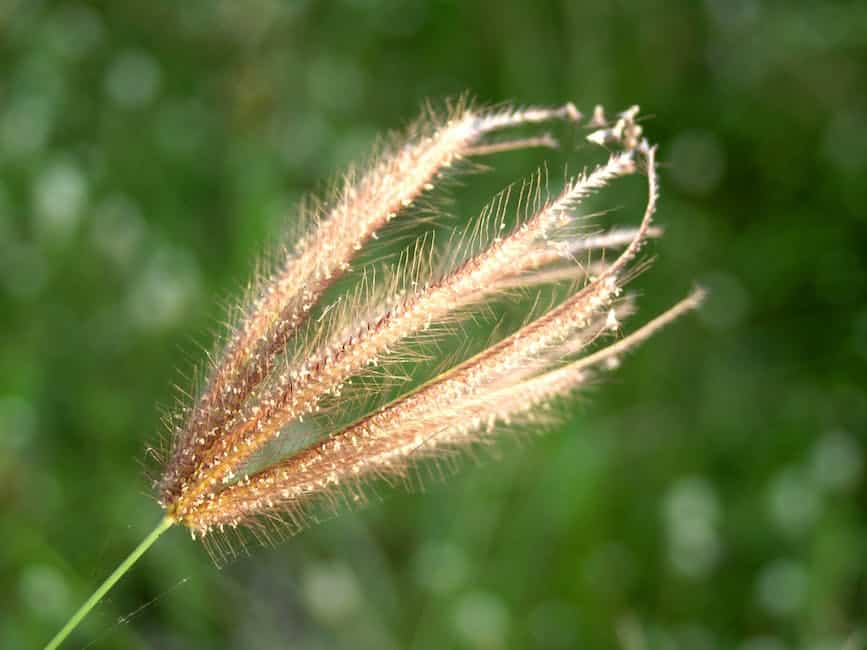When is the ideal time to start fall garden seeds indoors?
Starting fall garden seeds indoors can be a great way to get a head start on your garden and ensure a bountiful harvest. But when is the ideal time to start these seeds indoors? The answer can vary depending on the crop you want to grow. Let’s explore the optimal timing for starting fall garden seeds indoors.
Understanding the Timing
When it comes to fall gardening, the goal is to have your plants reach maturity before the first frost date in your area. This means that you need to calculate the right time to start your seeds indoors, taking into consideration the number of weeks it takes for the seeds to germinate and grow into healthy seedlings.
Factors to Consider
Several factors come into play when determining the ideal time to start fall garden seeds indoors:
- Crop type: Different crops have different growth rates. Some crops, like broccoli, kale, and Swiss chard, take longer to mature, while others, like lettuce, have a shorter growing season.
- Frost date: Knowing the average fall frost date in your area is crucial for planning your fall garden. This date marks the end of the growing season and indicates when you should aim to have your plants fully grown.
- Seed starting time: The time it takes for seeds to germinate and grow into seedlings varies depending on the crop. Some seeds may take a few weeks, while others may take several months.
Expert Recommendations
According to the information provided in Tenth Acre Farm’s Guide to Fall Planting, the ideal time to start fall garden seeds indoors can vary depending on the crop:
- For crops like broccoli, kale, and Swiss chard, it is recommended to start seeds indoors about 11-16 weeks before your fall frost date.
- Lettuce seeds should be started indoors 11 weeks before the fall frost date.
- Other crops like beans, beets, and carrots are not typically started indoors and can be directly sown outdoors.
Conclusion
Starting fall garden seeds indoors is a great way to extend your growing season and maximize your harvest. By considering the specific requirements of each crop, such as the number of weeks it takes for seeds to germinate and grow into seedlings, you can determine the ideal time to start your seeds indoors. Remember to consult local resources and experts for more precise information based on your specific location and climate.
Related Websites:
FAQs:
Q: What are the benefits of starting fall garden seeds indoors?
Starting fall garden seeds indoors offers better control of growing conditions and extends the growing season. It allows you to provide optimal temperature, lighting, and moisture for your seeds, leading to healthier and more successful plants.
Q: How do I determine the ideal time to start fall garden seeds indoors?
To determine the ideal time, count backward from the first frost date in your area. Different fall garden seeds have different recommended indoor starting times, so it’s important to consider the specific type of seeds you’re planting. Seed packets often provide instructions on when to start seeds, and local gardening resources can offer guidance based on your region.
Q: What are the advantages of starting seeds indoors?
Starting seeds indoors allows you to have better control over the growing conditions, including temperature, lighting, and moisture. It also extends the growing season, giving your plants a head start before they are exposed to outdoor elements. This can result in healthier and more productive plants.
Q: What are the potential challenges of starting seeds indoors?
One potential challenge is providing adequate lighting for seedlings. Using grow lights or placing seedlings in a sunny window can help address this. Another challenge is ensuring sufficient space for your seedlings to grow. Additionally, proper watering techniques and thinning seedlings are important to prevent overcrowding and promote healthy growth.
Q: What tips can you provide for successful indoor seed starting?
To ensure successful indoor seed starting, use containers with good drainage, high-quality soil, and proper watering techniques. Providing adequate lighting through grow lights or a sunny window is crucial. Additionally, thinning seedlings and gradually acclimating them to outdoor conditions before transplanting can help ensure their healthy growth.






